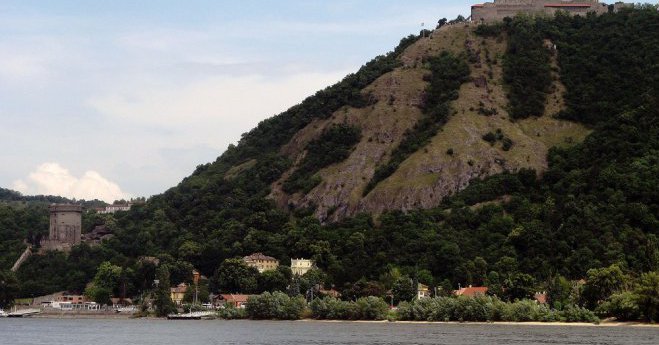More durable than the Soviet influence which lasted only fifty years, is the true character of Central Europe which has its roots in the Austro-Hungarian Empire of the Habsburgs. The countries of the former empire therefore are marked rather by the cohabitation of different peoples than the expansion of the Soviet bloc.
The Visegrad group: interregional cooperation par excellence
One original feature of the Central European countries probably lies in their ability to think in terms of consolidation and solidarity. The other is their proximity to the West.
This ability of the Central European countries to develop peaceful interregional relations is part of a long historical tradition. Indeed, in 1335, when the Czech, Polish and Hungarian kings met in the Hungarian town of Visegrad, a first form of cooperation and regional policy known as “Triangle (or) Visegrad Group” was born. And since then these links have never ceased to exist!
The modern form of this relation emerged after the breakup of the Soviet Union, 15 February 1991, at a summit of the heads of state of Poland, the former Czechoslovakia and Hungary.
With an annual rotating presidency, the Visegrád Group, today bringing Poland, the Czech Republic, Slovakia and Hungary is also active in holding many summits: a main Prime ministers level summit, organized once a year, and other regular summits between the ministers of defense, education, foreign affairs, etc.
The only permanent structure related to the group is the Visegrad Fund, based in Bratislava (Slovakia) - unique to the Group institution which is responsible for allocating funds and grants to fund initiatives in the field of education and culture between the V4 countries.
Of course, it is an informal and non-institutionalized group, designed at the time as a transitional arrangement to facilitate the early stages of the post-communist period. This model of coexistence and cooperation in many areas of common interest (education, culture, scientific research, exchange of information), was actually established to accelerate European integration. Certainly, this agreement could resemble the Warsaw Pact and Comecon, but it did not try at all to restore the old regime. Instead, its vision was strongly oriented towards the future.
And it is through this regional policy that countries of the former Habsburg Empire were able to quickly enter in a dialogue with the West! Indeed, they were the first countries of the former Soviet bloc to join the Council of Europe, to establish a dialogue with NATO and to sign in 1991 the association agreements with the European Community.
Should the Group continue to exist after the accession of its countries to the EU?
One should note that this non-institutionalized organization is by no means a spontaneous cooperation. Instead, it was always a well calculated model against risks from the East. Today, the risk of the Soviet return is no longer viable and a threat and with the accession to the European Union, which was completed in 2004, one may wonder if the Visegrad Group still has a purpose.
Its activities and policies are unfortunately less known and the beneficiaries of its funds are few. But on the other hand, the V4 countries do not slow down their activities. They have recently agreed to create a joint military force to be operational by 2016. In addition, outside the Visegrad Group, Central Europe is actively involved in a new adventure called “CENTROPE” - an interregional cooperation project headed by the INTERREG program, funded by the ERDF, initiated by the Austrian regions of Vienna, Lower Austria and Burgenland, which reunites Austria, Hungary, the Czech Republic and Slovakia.
The countries of Central Europe realize what they could gain by continuing to work together. They take the right path of regional cooperation that all EU regions should follow. If the Visegrad Group and Centrope continue to operate, Central Europe could one day become a true European center such as Scandinavia and Benelux.

Follow the comments: |
|
